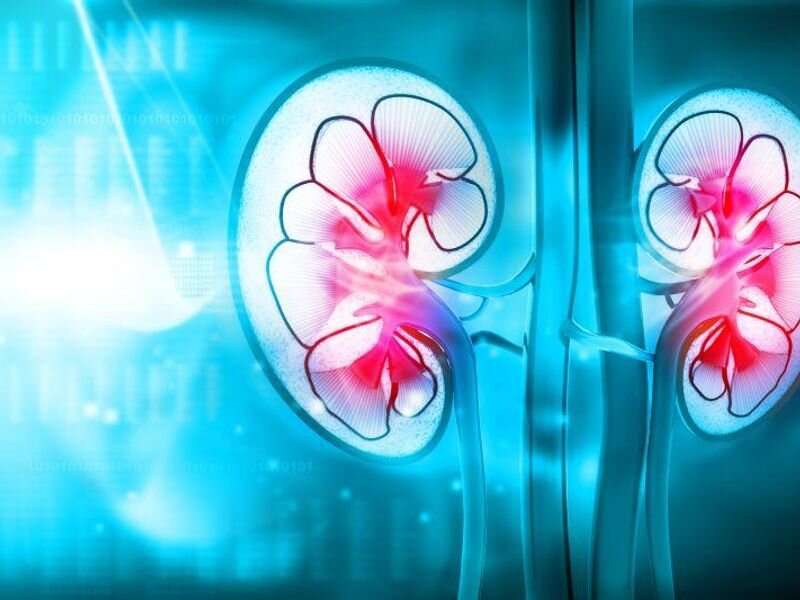Model with lifestyle, health behavior information predicts chronic kidney disease

Self-reported lifestyle and health behavior information can predict incident chronic kidney disease (CKD), according to a study published in the January issue of the Clinical Journal of the American Society of Nephrology.
Ariana J. Noel, M.D., from the University of Ottawa in Canada, and colleagues developed and validated a survey-based prediction equation to identify individuals at risk for incident CKD. Data were obtained from 22,200 adults with an estimated glomerular filtration rate (eGFR) ≥70 mL/min/1.73 m2 who completed a comprehensive general population health survey between 2000 and 2015. Demographics, comorbidities, lifestyle factors, diet, and mood were included in prediction equations. Models with and without baseline eGFR were derived and validated externally in 15,522 participants from the U.K. Biobank. The primary outcome was new-onset CKD.
The researchers found that during a median follow-up of 4.2 years, new-onset CKD occurred in 1,981 participants (9 percent). Lifestyle factors (smoking, alcohol, physical activity) and comorbid illnesses (diabetes, hypertension, cancer) were included in the final models. For individuals with and without a baseline eGFR measure, the model was discriminating (five-year C statistic, 83.5 and 81.0, respectively) and was well calibrated. The five-year C-statistic was 78.1 and 66.0 in external validation with and without baseline eGFR, respectively, and maintained calibration.
“Our equation demonstrated excellent discrimination and calibration, and may serve as a patient-facing tool to improve CKD awareness and education,” the authors write.
Several authors disclosed financial ties to the biopharmaceutical industry.
More information:
Ariana J. Noel et al, A Health Survey–Based Prediction Equation for Incident CKD, Clinical Journal of the American Society of Nephrology (2023). DOI: 10.2215/CJN.0000000000000035
Journal information:
Clinical Journal of the American Society of Nephrology
Source: Read Full Article
